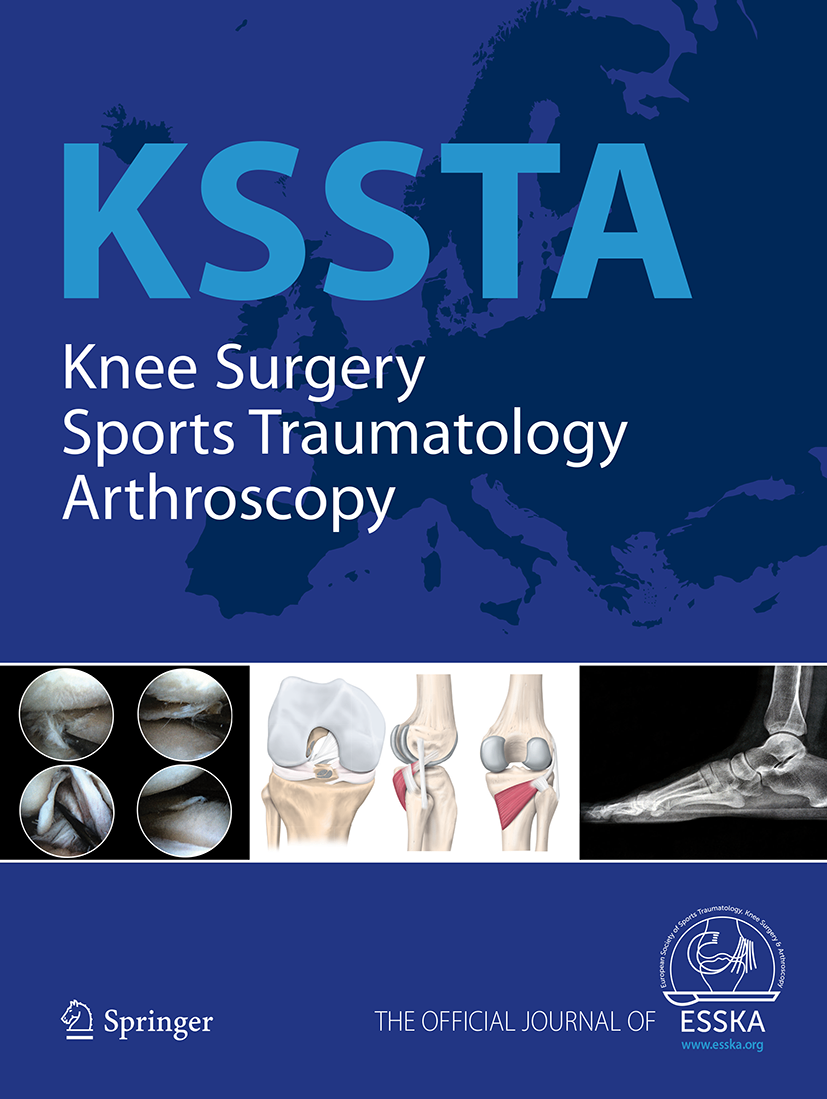
Clinical measures and knee laxity similar after 24 months between AMP and TT tunnel drilling in ACLR

Clinical measures and knee laxity similar after 24 months between AMP and TT tunnel drilling in ACLR
No clinical differences between anteromedial portal and transtibial technique for femoral tunnel positioning in anterior cruciate ligament reconstruction: a prospective randomized, controlled trial
Knee Surg Sports Traumatol Arthrosc. 2018 May;26(5):1335-1342Synopsis
96 patients scheduled for anterior cruciate ligament reconstruction were randomized to femoral tunnel drilling using either the anteromedial portal (AMP) technique or the transtibial (TT) technique. Patients were followed up at 3, 6, 12, and 24 months post-operation. Results demonstrated no significant differences between the groups at any time point for scores on the ACL-QOL measure, Internationa...
To view the full content, login to your account,
or start your 30-day FREE Trial today.
FREE TRIAL
LOGIN
Forgot Password?
Explore some of our unlocked ACE Reports below!

Learn about our AI Driven
High Impact Search Feature
Our AI driven High Impact metric calculates the impact an article will have by considering both the publishing journal and the content of the article itself. Built using the latest advances in natural language processing, OE High Impact predicts an article’s future number of citations better than impact factor alone.
Continue



 LOGIN
LOGIN

Join the Conversation
Please Login or Join to leave comments.